Welcome to the home of The Journal of Biophilic Design. Each issue brings you knowledge, inspiration, case studies, conversations, ideas, research, psychology, ecology, environmental debate, how to design and help businesses reach net zero, how to increase biodiversity, what impact new architectural practices are bringing to sustainable design, how interior designers are using biophilic design in their practice to improve wellbeing and increase profitability, how biophilic design improves the whole value chain from real estate to employee costs. Plus lots more. Each issue has a section focused on that issue’s subject (so Workplace, Home, Healthcare, etc) and then a section on the Science behind Biophilic Design, Plants, Wellbeing, The Environment and Cities. Plus we often finish off, like we do in our podcast series, with the Magic Brush of Biophilia…
Accessibility - If you are struggling to read the content did you know you can download the PDF ebook version and ask Adobe Reader to read it out loud to you. Click on VIEW top left of your Adobe reader screen and select Read Content. Find out more, CLICK HERE
Digital subscription to all current and back issues of the Journal. Read on demand in your own time, day or night, anywhere in the world. Get 3 months' free access if you pay annually.
Subscription to this year's printed issues (worth £150). You will be sent a beautiful printed copy of the Journal every other month, starting in January. PLUS with this DUAL subscription, you also get online access to digital copies of the back issues of the Journal online (worth £119.88). Read on demand in your own time, day or night. Buy the annual subscription option and save £69.89! Free shipping to the UK. NOTE - Shipping to Europe and ROW invoiced separately.
If you would like to write for the Journal, please view the submission guidelines here, and email your ideas please to editor@journalofbiophilicdesign.com
Some of the biophilic design articles from previous issues so you can see how visually appealing and what a biophilic experience it is reading the Journal.
Would you like to submit an idea for content to the Journal, click here for submission guidelines.
Interested in advertising or sponsoring the Journal? Click here for more information on how your brand, business, ideas and messaging can reach a bespoke targeted audience of interior designers, architects, town planners, researchers, environmentalists, landscape designers, specifiers, workplace consultants, doctors, nurses, healthcare workers, families, teachers, facility managers, diplomats, politicians.
Bonus articles!
Before we published the magazine we blogged articles on Biophilic Design. Below are some earlier blog articles which we shared. Going forward we will be updating this “blog” area with more news releases, etc in due course. But in the meantime, please do buy the ebook and printed copies of the magazine through the links above. If you would like to contribute to the magazine please email editor@journalofbiophilicdesign.com or if you would like to sponsor it kindly email promotions@journalofbiophilicdesign.com
Proud to be media partner, speaker and panel convenor for some fabulous events:
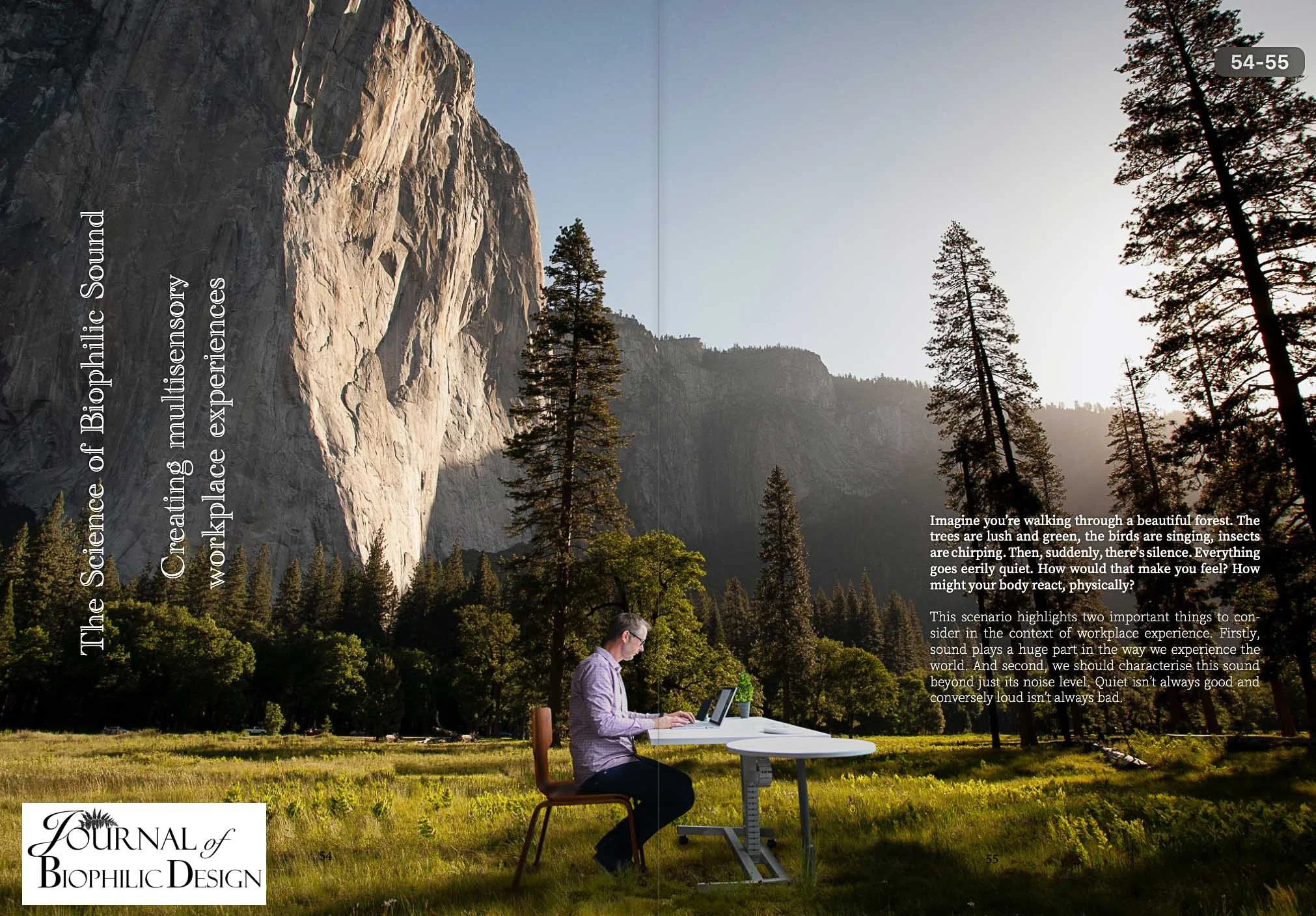

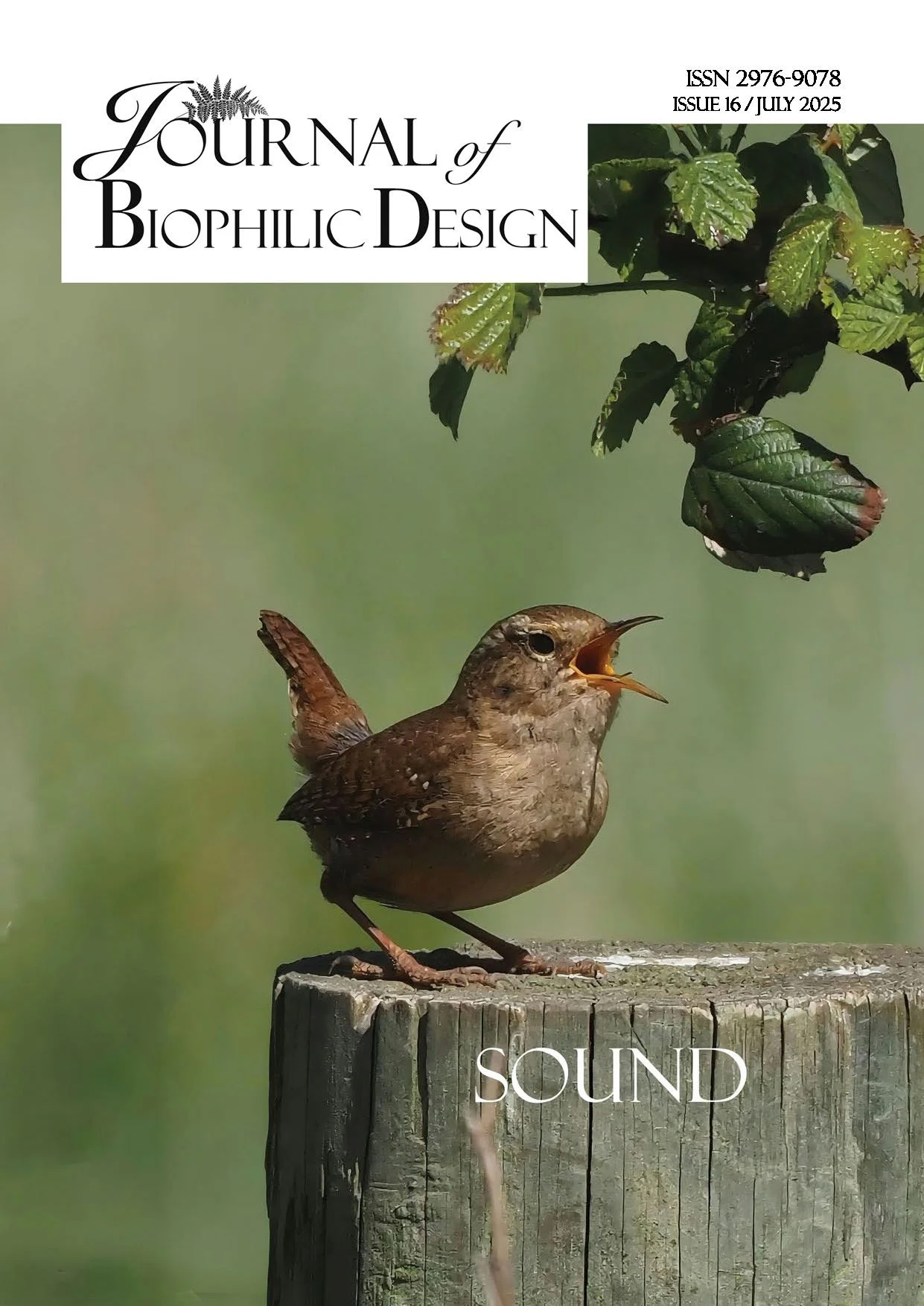











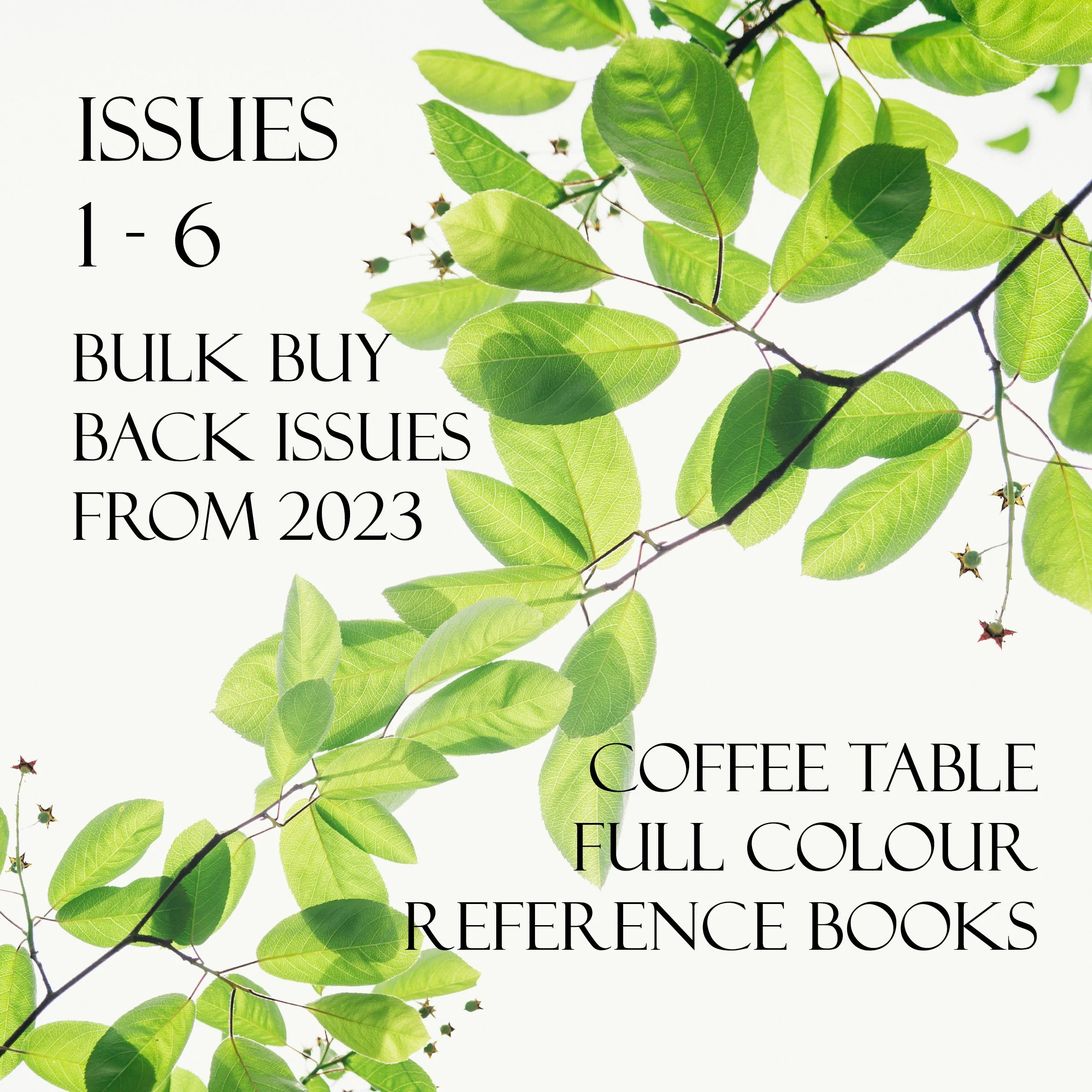













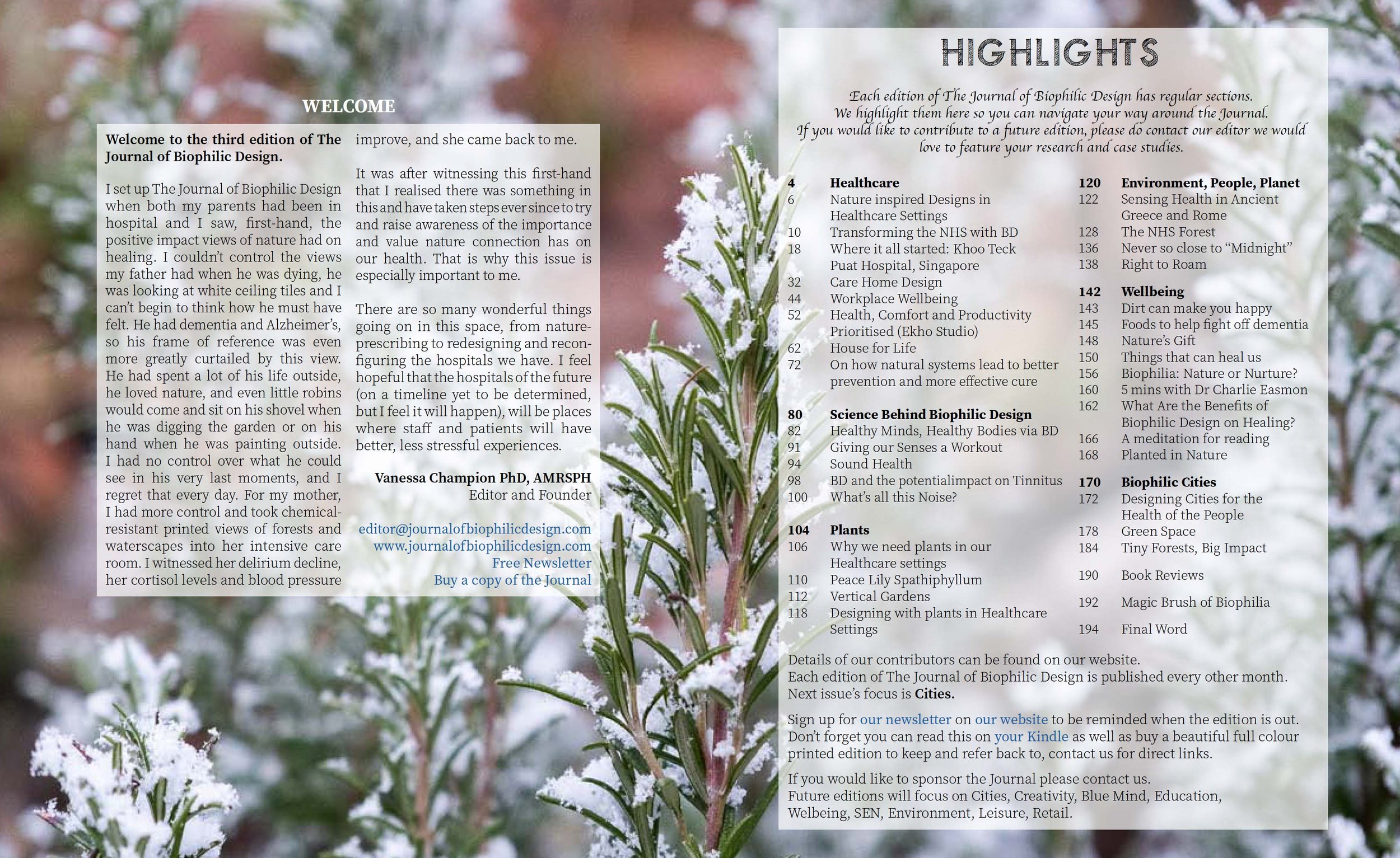


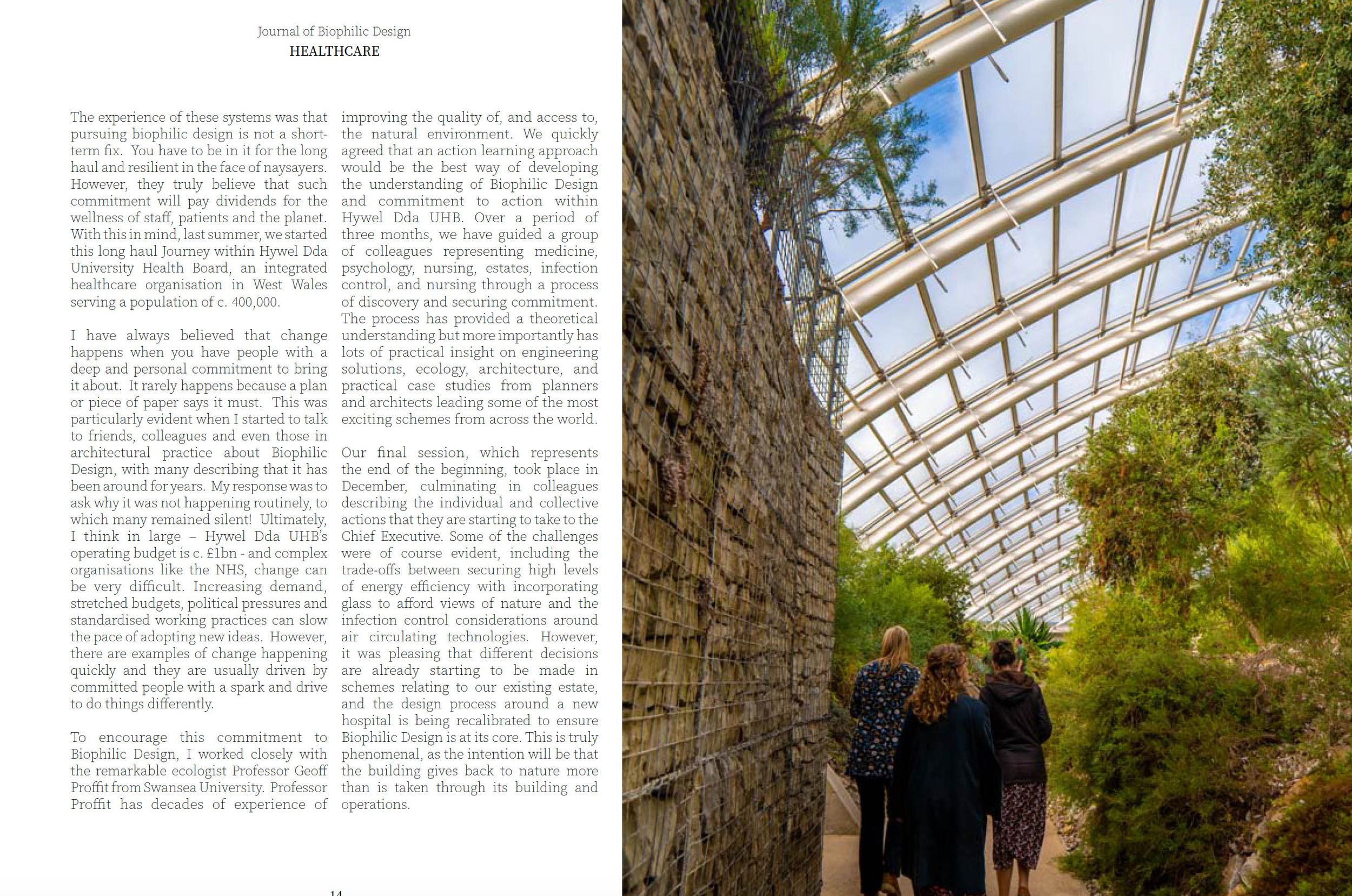
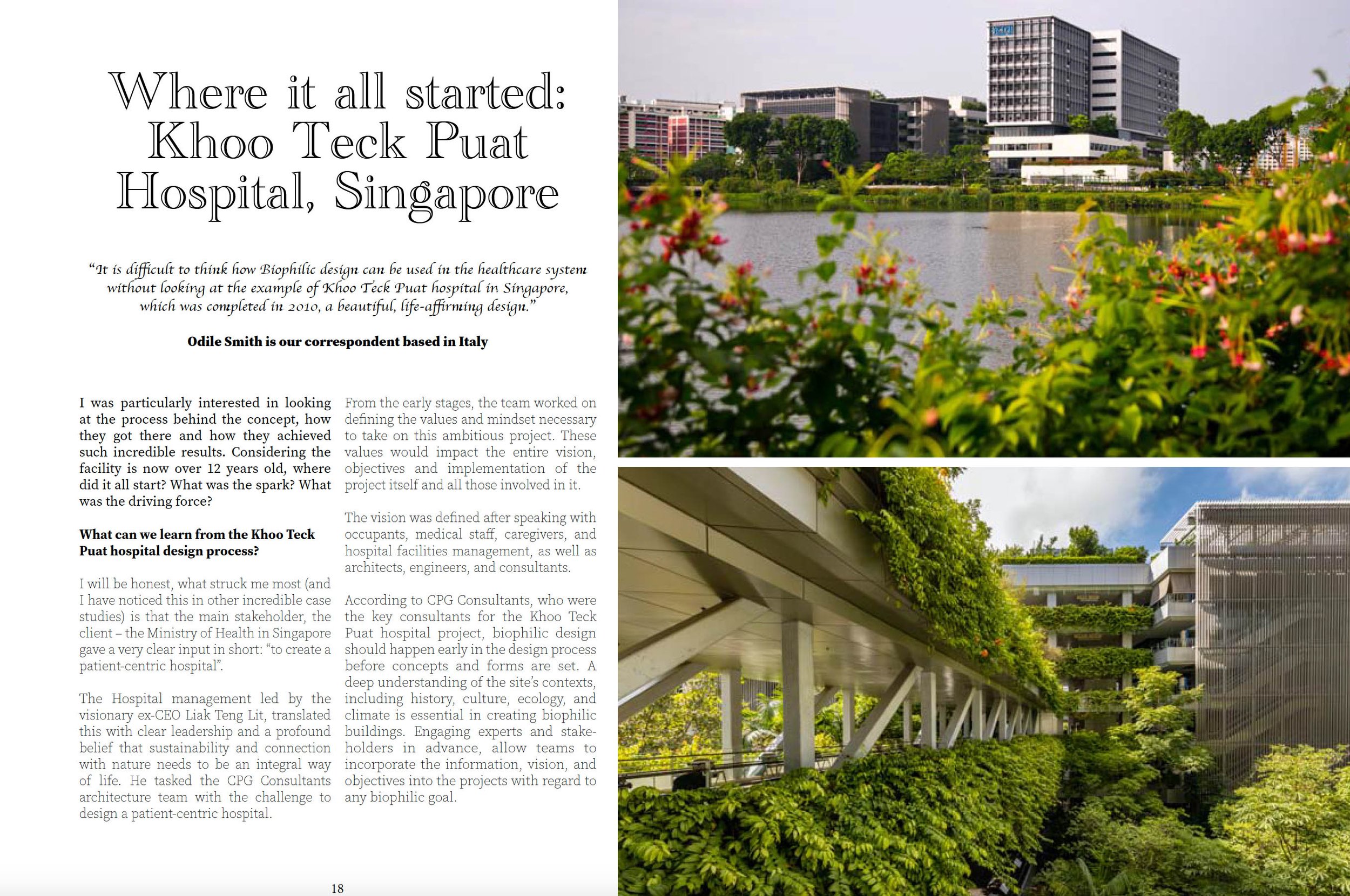
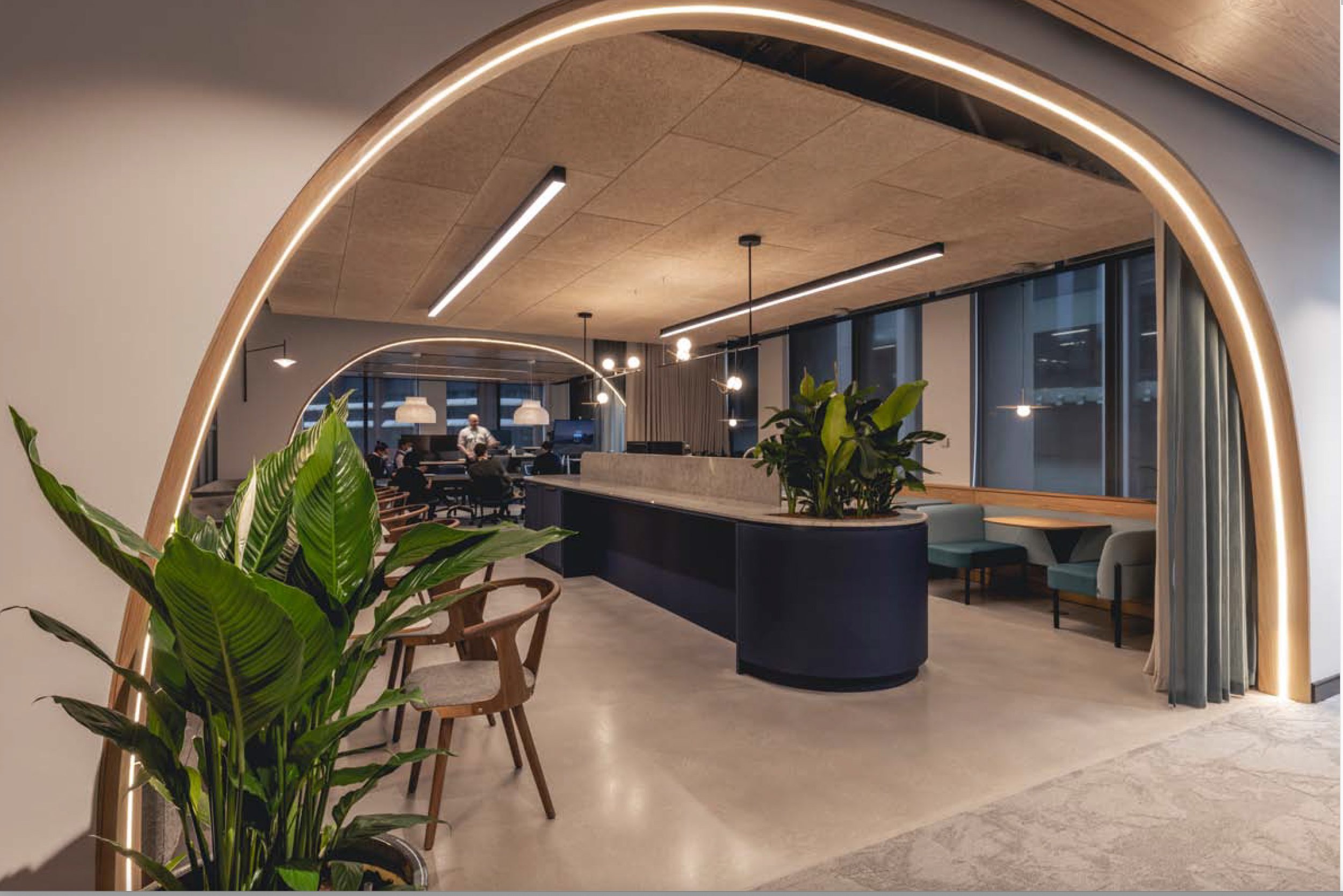


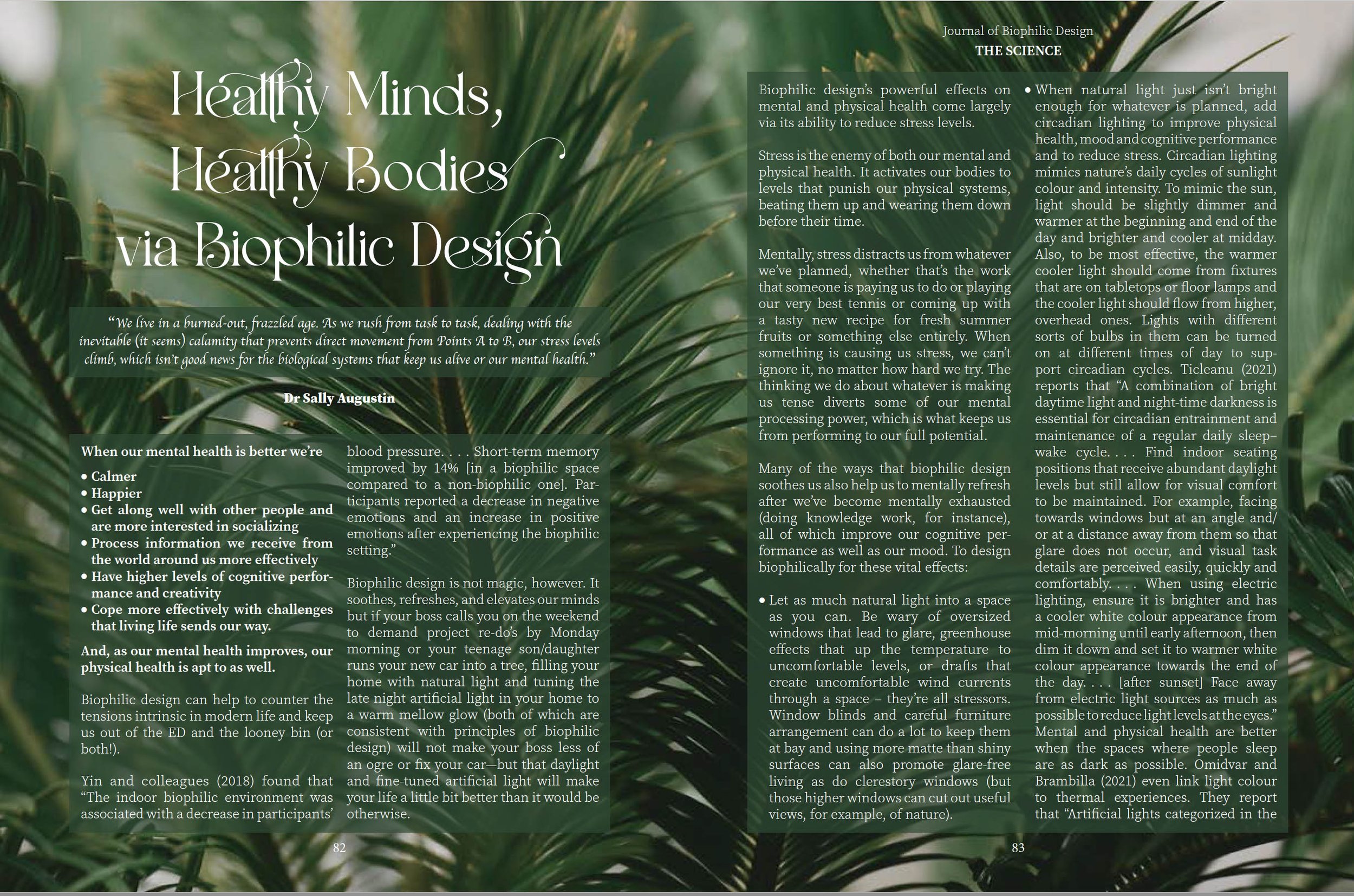


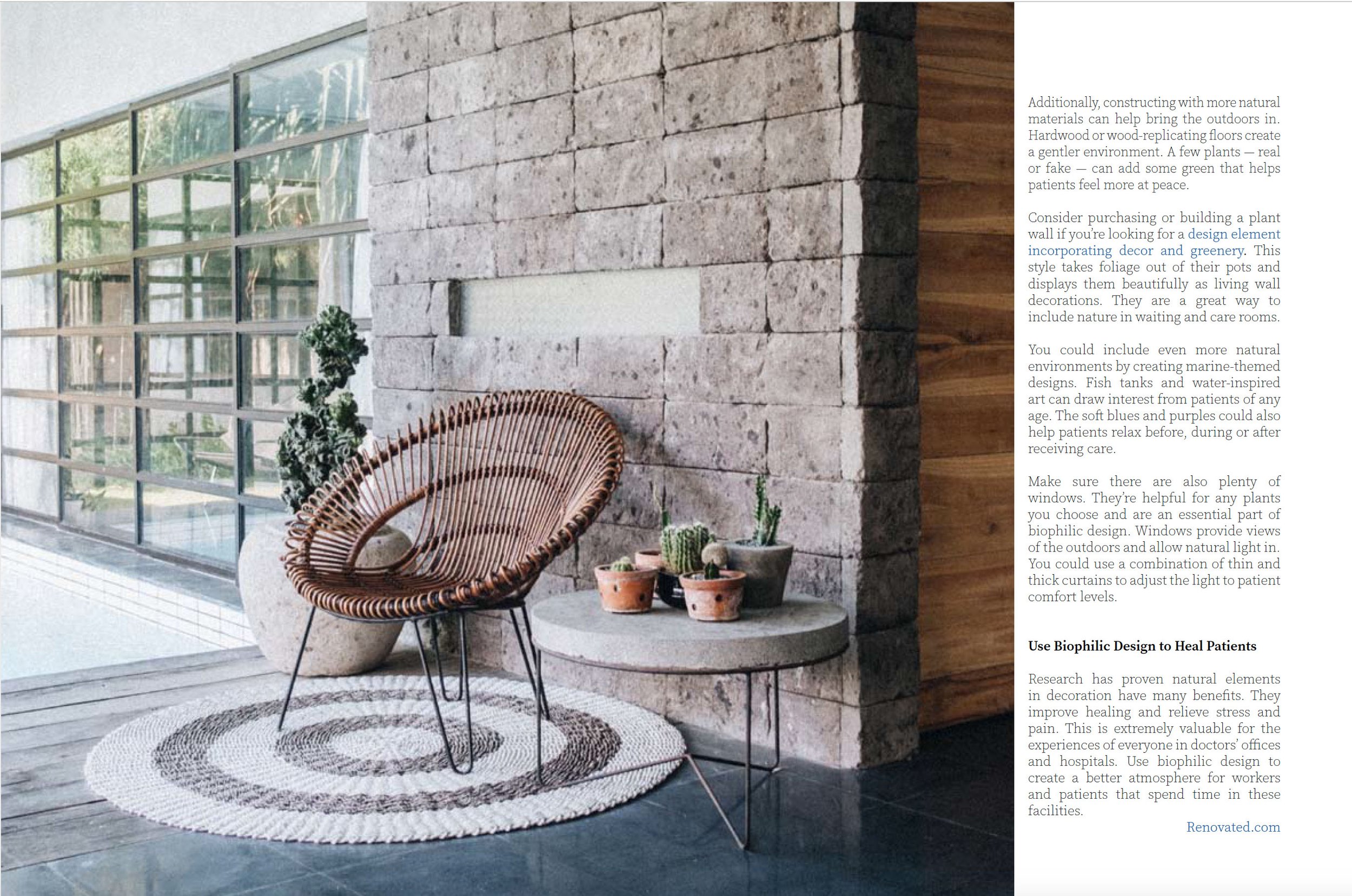








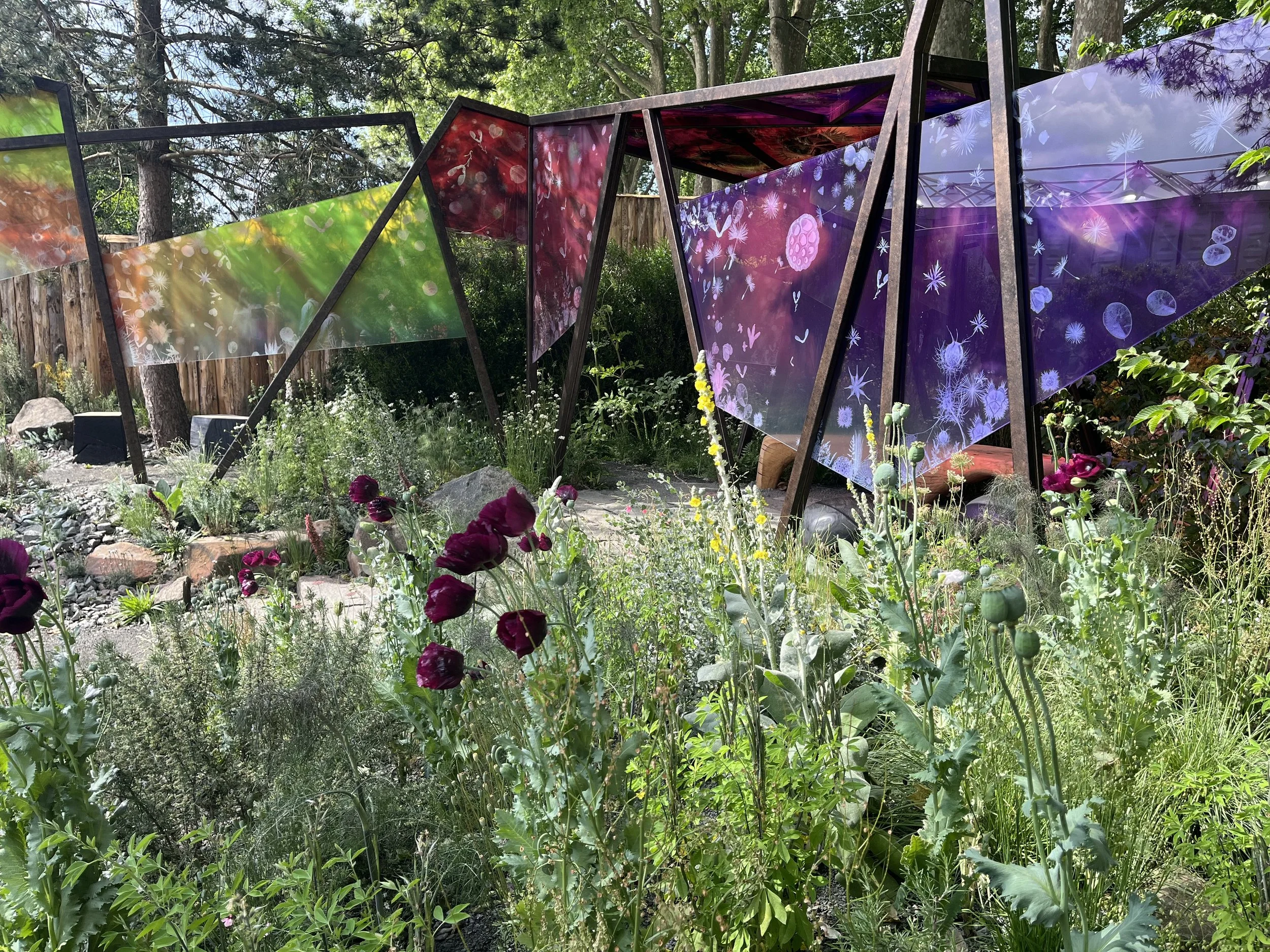










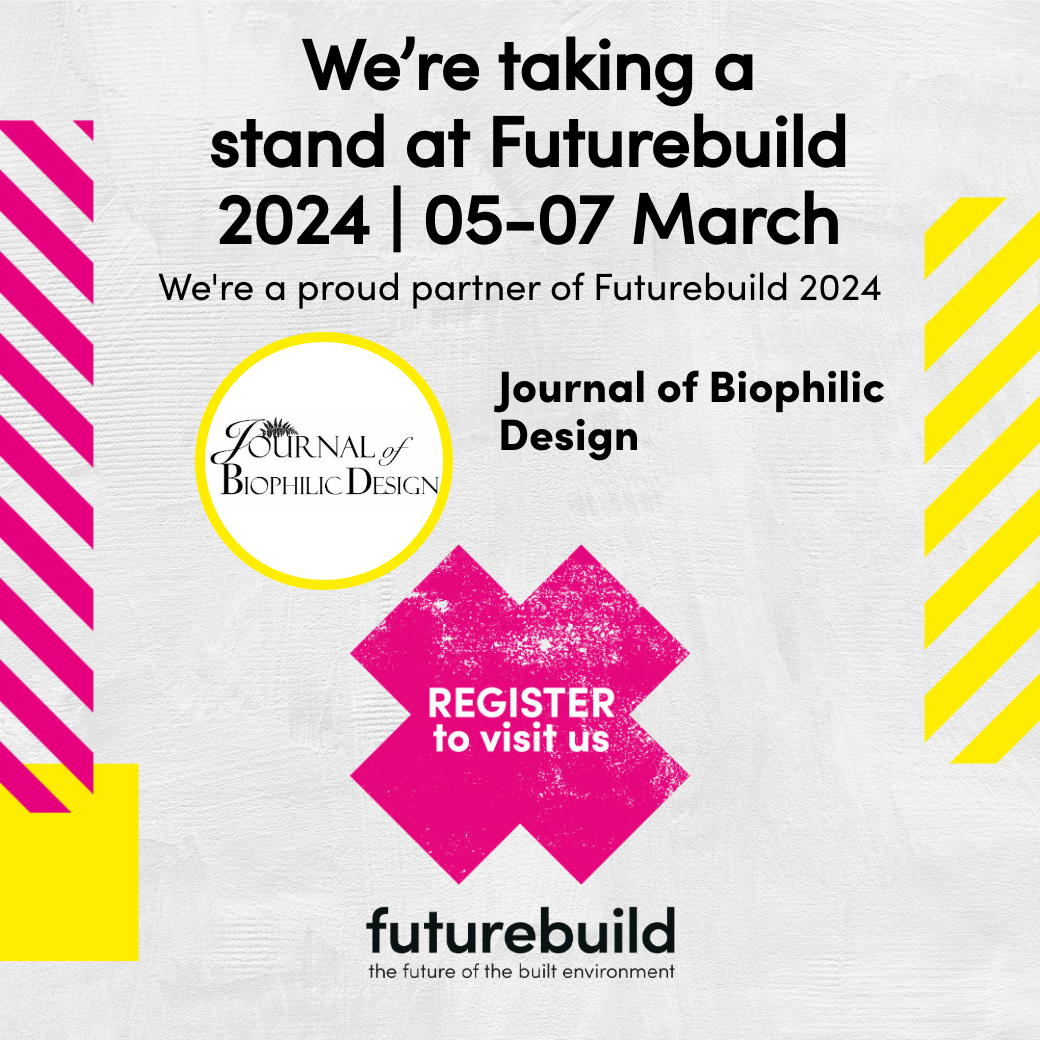



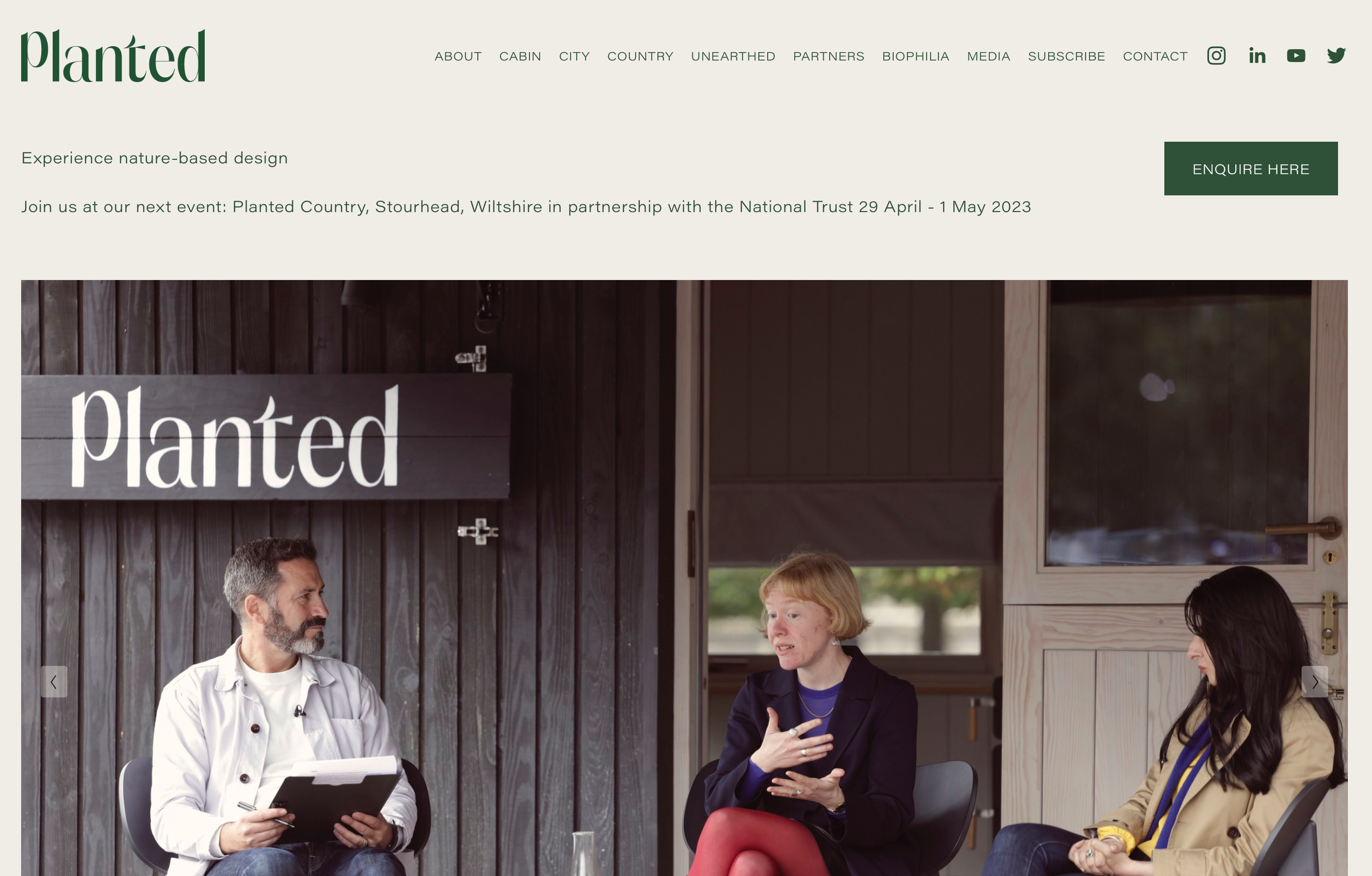
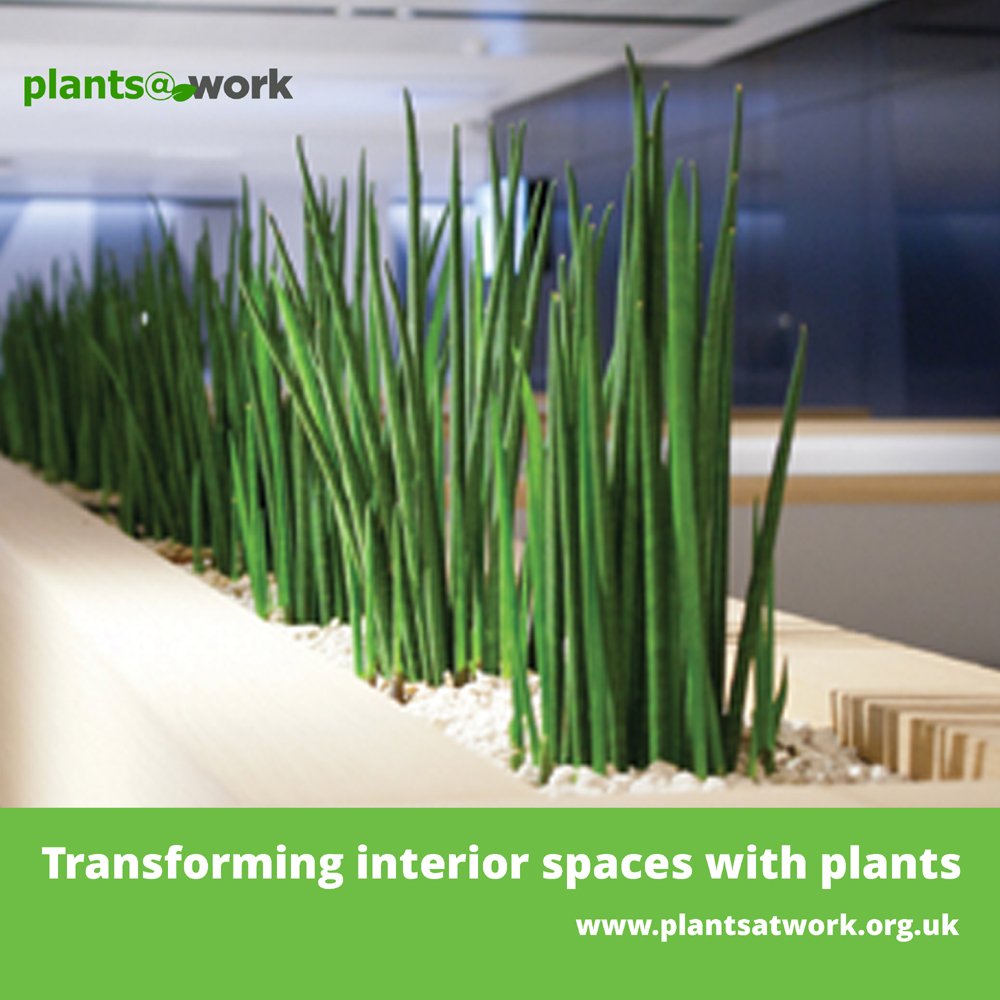

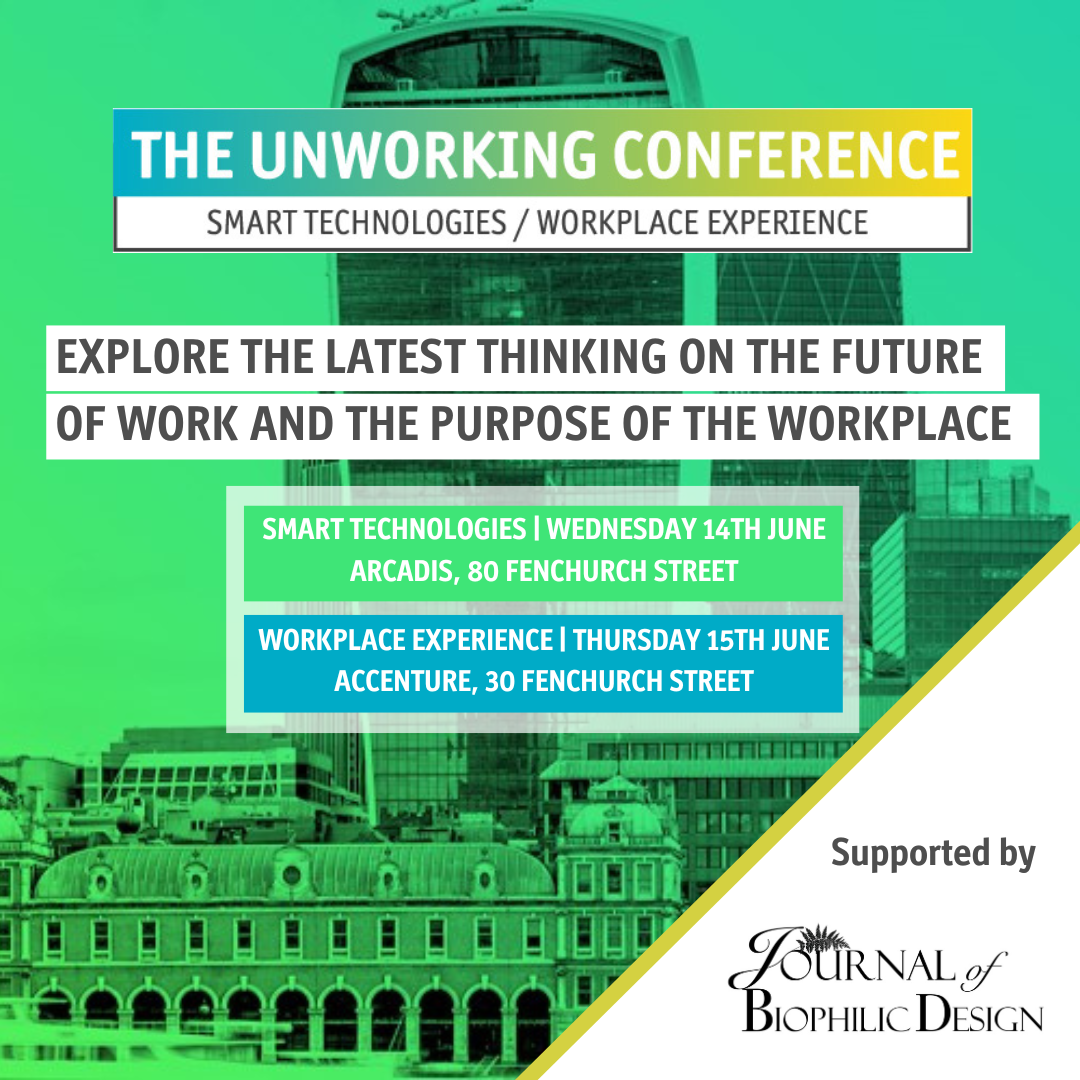





The Journal of Biophilic Design is proud to be one of 60+ industry-leading organisations, including UK Green Building Council (UKGBC), RIBA, ASBP - Alliance for Sustainable Building Products, and UK Architects Declare, supporting Futurebuild 2026. These influential bodies and associations play an integral role in the Futurebuild Knowledge Programme, delivering 133 hours of CPD-accredited content over 3 days across two conferences and multiple seminar stages.
Futurebuild is the platform where content is curated by the industry for the industry. Immerse yourself in three days of ideas, inspiration, topical discussions and debates on:
Improving design & safety
Tackling rising costs
Meeting ambitious sustainability goals
Find out more and register free CLICK HERE